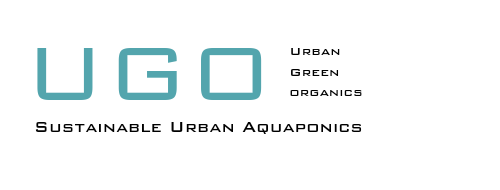Introduction
As urbanization continues to increase, finding sustainable solutions for food production becomes crucial. Urban farming, also known as urban agriculture, offers a viable option to meet the growing demand for fresh, locally sourced food. In this blog post, we will explore the benefits and challenges of sustainable farming in urban locations and discuss the various solutions available.
Benefits of Urban Farming
Urban farming brings numerous benefits to both the environment and the community:
- Food Security: Urban farming reduces dependence on external food sources and provides a reliable supply of fresh produce.
- Environmental Sustainability: By growing food locally, urban farming reduces the carbon footprint associated with transportation and minimizes the need for harmful pesticides and fertilizers.
- Community Engagement: Urban farms create opportunities for community involvement, education, and social interaction.
- Improved Health: Access to fresh, nutritious food promotes healthier eating habits and reduces the risk of diet-related diseases.
Challenges of Urban Farming
While urban farming offers many benefits, it also presents unique challenges:
- Space Limitations: Urban areas often have limited space for agriculture, requiring innovative solutions such as vertical farming, rooftop gardens, and hydroponics.
- Resource Constraints: Urban farms face challenges in accessing land, water, and other resources necessary for successful cultivation.
- Regulatory Hurdles: Urban farming must navigate local regulations and zoning restrictions that may not be designed to accommodate agricultural activities.
- Community Acceptance: Some urban residents may be unfamiliar with or resistant to the idea of farming in their neighborhoods, requiring education and outreach efforts to gain support.
Sustainable Farming Solutions
Several innovative solutions are being implemented to overcome the challenges of urban farming:
- Vertical Farming: Utilizing vertical space, crops are grown in stacked layers, maximizing production in limited areas.
- Rooftop Gardens: Unused rooftops are transformed into green spaces for growing food, reducing heat absorption and providing insulation.
- Hydroponics: This soil-less farming technique uses nutrient-rich water to grow plants, requiring less space and water compared to traditional agriculture.
- Aquaponics: Combining aquaculture and hydroponics, this system cultivates plants and fish in a symbiotic environment, reducing water usage and waste.
- Community Gardens: These shared spaces allow community members to grow their own food, fostering a sense of ownership and collaboration.
Conclusion
Urban farming presents a sustainable solution to address the challenges of food production in urban areas. By utilizing innovative farming techniques and engaging the community, we can create a more resilient and environmentally friendly food system. The benefits of urban farming extend beyond just food production, contributing to healthier communities and a more sustainable future.
